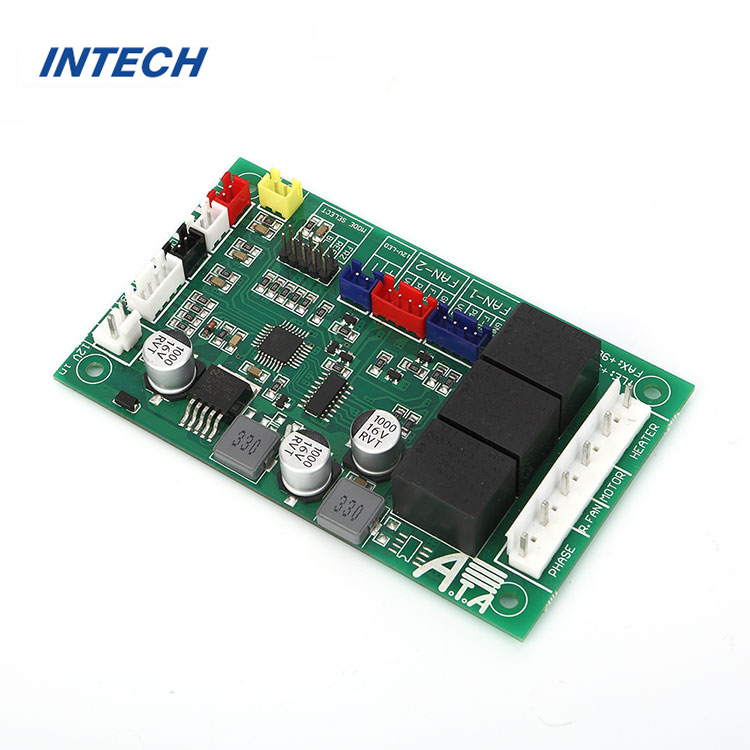What are the causes of PCB open circuit?
Date:2023-10-23 11:23:50
PCB (Printed Circuit Board) open circuit refers to a break in the conducting path of a circuit. Identifying the causes of PCB open circuit is crucial for efficient troubleshooting and effective repair. This article will explore the various factors that contribute to this common electronic issue.

1. Manufacturing Defects
Manufacturing defects are one of the primary causes of PCB open circuit. These defects may occur during the fabrication process, such as improper soldering or insufficient conductor adhesion. Poor quality control can also contribute to manufacturing defects, resulting in weak connections that eventually break.
2. Thermal Stress
Excessive heat and temperature fluctuations can exert significant stress on PCBs, leading to open circuits. This is particularly true for PCBs used in high-power applications or those exposed to extreme temperature variations. The expansion and contraction of materials can weaken conductive paths, eventually causing an open circuit.
3. Mechanical Stress
Mechanical stress can occur during various stages of a PCB's life, such as during installation or due to external forces applied during operation. Examples of mechanical stress include bending, twisting, and vibration. Over time, this stress can cause the conducting paths on the PCB to break, resulting in an open circuit.
4. Environmental Factors
PCBs are often exposed to harsh environments, including moisture, humidity, dust, and corrosive chemicals. Over time, these environmental factors can cause oxidation, corrosion, and the formation of conductive debris, leading to open circuits. PCBs used in outdoor or industrial settings are particularly vulnerable to these issues.
5. Electrical Overload
Excessive electrical current or voltage can cause open circuits on PCBs. When the current exceeds the designed capacity of the conducting paths, it can lead to melting, burning, or vaporization of the conductor, resulting in an open circuit. Improper circuit design, component failures, or power surges can cause such electrical overloads.
6. Aging and Wear
Like any electronic component, PCBs undergo wear and tear over time. Aging of the materials, repeated thermal cycles, and exposure to environmental stresses gradually degrade the integrity of the conducting paths. Over time, this degradation can result in open circuits, especially in older or extensively used PCBs.
7. PCB Contamination
Contamination of PCBs, such as the deposition of conductive substances like dust, oils, or metallic particles, can cause open circuits. These contaminants can weaken or bridge conducting paths, disrupting the integrity of the circuit. It is important to properly handle and clean PCBs to avoid contamination-related open circuit issues.
Summary
Understanding the causes of PCB open circuit is essential for effective problem-solving and prevention. manufacturing defects, thermal and mechanical stress, environmental factors, electrical overload, aging and wear, and PCB contamination all play significant roles in the occurrence of open circuits. By addressing these factors and implementing appropriate preventive measures, the reliability and performance of PCBs can be significantly enhanced.
